Travelogue from Egypt
The Embassy of Egypt in Serbia is working hard to connect our two, provenly friendly, countries. This year, Egypt is the partner-country of the October Book Fair in Belgrade. By the beginning of next year already, it will also be a partner-country of the Tourism Fair. Air Serbia has recently re-established a regular Belgrade-Cairo flight. This is just a small fraction of the achieved initiatives, with a special focus on tourism, too.
One of the first moves H.E. Amr Aljowaily made immediately upon his appointment as ambassador was generous. Having gained an insight into issued visa protocols, he found that there were people who spent their summer holidays at the Red Sea year after year and decided to reward them. As early as in September last year, those people flew to Hurghada as respected guests of the Governor of the Region, General Ahmed Abdulah. Together with the most loyal tourists, the first media delegation also went there. The next visit of the media representatives was organized at the end of January this year, including the journalists of the major media companies: Radio Belgrade, Večernje novosti, Blic, TV Pink , Kurir, as well as those of specialized media – Hello Travel, Pečat, ArtTema, Teodora Miljković, Executive at VR All Art & Marketing and our BelGuest Magazine.
Eastern desert paradises
We arrived in Hurghada with the first sun rays. A small rectangular area of the airplane’s window was colored in yellow. One could only see sand – and nothing but sand. If the blue strip of the seashore hadn’t appeared on the horizon, I would’ve thought that we were landing onto some waterless planet. Although it’s widely known that the largest part of Egypt is the desert, the impression was still strong, only to be yet more memorable once you realize how many beautiful edifices have been built in such an ambient. If the Dutch are said to “have reclaimed their land from the swamp”, the Egyptians may be said to be “reclaiming their land from the desert”.
We were accommodated at the Titanic Beach, one of the many luxury resorts spreading kilometers along the seashore. Everything in it was spick and span: the marble staircases and the sculptures worthy of European palaces, the grandiose stained-glass domes, the elegant pieces of furniture… In the center, there is a swimming-pool complex surrounded by the greenery. You soon realize that you’re in a small city, where everything is subordinated to you. Although I hadn’t understood the advantages of such “projected paradises” before the encounter with the Titanic Beach, considering them to be putting you into a sort of isolation, I pretty soon felt the charms of this tourism concept, where you don’t have to think of anything at all. On the other hand, you can always arrange to meet people and learn about the tradition of the place.
Our guide Meti
Our guide introduced himself as Meti. He’s a Copt. He had completed an accelerated Serbian language course, and spoke Serbian fluently, making charming mistakes. He said his other colleagues also learnt Serbian because of an increasing number of our tourists. Together, we headed for the El Dahar, the core of Hurghada, which had been a small fishermen’s village until half a century ago. We first visited the El Mina Masjid Mosque, then the Coptic Church of St. Shenouda. It was unusual to come across soon-to-be-married couples in the evening, but Meti explained it is a time-honored Coptic custom since in the past, in the time of dangerous religious intolerances, the just-married spent their first night protected by the safety of the temple.
Egyptians generally favor evenings, certainly because heats have already abated, so we found our midnight visit to a seething green marketplace to be particularly picturesque. We bought fresh dates and fruits, admiring the giant-size cabbage and eggplant which can only grow from the fertile soil of the Nile. Meti then took us to one of the trendy spaces – a nautical marina, with a lot of cafés and restaurants, where a shisha – smoking tobacco from richly decorated narghiles – is the main attraction.
Hurghada’s tourist attractions
Beside the long sand beaches, a myriad of aqua parks and scuba-diving centers, there’s also the grand Aquarium showing the whole of the tropical sea’s rich living world, and the newly-opened sand sculpture museum, as well as the special-purpose center with the so cute and well-trained couple of dolphins – Sergey, the male, and Sysy, the female – performing their show. You can see the beauties of the desert landscapes and the challenges it offers through numerous safari programs, inevitably including camel-riding and quad races. Excursions to Gifton Island, famous for its nicely-arranged beaches and rich scuba-diving “terrains”, are one of the relaxing attractions Hurghada offers.
Spring of monastic civilization
The next day, we set off to Cairo, planning to pay a visit to the two Coptic monasteries hidden amongst the hills of the Red Mountains on our way, deviating slightly from the highway. We first came to St. Paul’s Monastery, encompassed by the tall ramparts that, as we learnt, had been built by the Byzantine Emperor Justinian the First. We were welcomed by monk Ignacius, who told us about St. Paul, “the first desert father”, who is believed to have introduced asceticism to Christianity. He showed us a miracle above all the miracles of this savage and brutal landscape – the small spring thanks to which St. Paul had survived, depriving himself of all redundant desires of this world.
At St. Antonio’s Monastery, we were welcomed by prior Ruis, who told us about Antonio, a rich young man from Alexandria, who sold off his property and became a hermit. A larger part of his life he spent in prayer, lying in a stone “bed” he himself chiseled in a solid rock. This monastery, reputed to be the oldest in the world, was later erected in the place of his ascetic exploit.
Language of Sirens and glittering Nile
It took as little time to cross quite a long distance from St. Antonio’s Monastery to Cairo’s suburbs, but almost every kilometer of our forcing our way through the traffic jam in the city of a population of about 8 mills. was an exceptional accomplishment. Everybody is an equal participant in traffic: from rikshaw-drivers to those in giant transportation vehicles. Milica Đilas, a journalist of the Radio Belgrade, attentively recorded the sounds produced by this eternal rush hour, observing that there was a special language of communication by sirens, perfectly “spoken” by everyone.
We stayed at the Grand Nile Tower, a hotel located exactly on the riverbank. Its high floors offer a spectacular night view of the surface of the water with the lights of the skyscrapers reflecting in it and brightly illuminated boats sailing across it. The next evening, we were the guests of the Ministry of Tourism, who had invited us to cruise the Nile. Apart from a close encounter with the mythical river, the music and the national dance gladdened our hearts, too. We watched the tanoura traditional dance and the performance of dervishes and a very talented belly dancer.
Sun plant papyrus
In Cairo, we also visited the famous papyrus gallery, where we attended the presentation of the technology of its making. Leaves of this marsh plant are like sunrays, and its stem has the shape of an isosceles triangle. Off the gallery walls, both pharaohs and empresses, Moses taking out his people across the Red Sea, and Mary, Joseph and little Jesus, who found their refuge in Egypt, sheltering from Herod’s rage, watched us. These motifs imprinted on the “paper of the Sun plant” lively testify to Egypt as the “umbilical cord of civilization”.
Heritage of the victor
Cairo is a city impossible to fully understand. It is called “the mother of the world” and “the mother of the cities”; its Arabic name means “the place of Mars”, i.e. the one who always comes out as the winner. Today’s megalopolis also includes the ancient capitals of Heliopolis and Memphis. Tourists are most interested in sightseeing the old city core, where Khan El-Khalili – the bazaar with the allies and passages literally soaked with the spirit of the Islamic world, skillful and artistically talented in numerous crafts – is also located. We didn’t have enough time to visit the magnificent mosques and the Coptic Quarters, but we did visit the Egyptian Museum, which exhibits the precious assets we’ve all already learnt about as kids. To see Tutankhamun’s Collection was exciting, as well as the story of the Stone of Rosetta, whose deciphering initiated the understanding of the ancient and still enigmatic Egyptian civilization.
New, smart capital
One of the pearls on this journey was also a visit to the future capital city. Namely, about half-way between Cairo and the Suez, a megapolis of the size of Paris is being built, in which about 6.5 mill. people will live. “The beauty of Kairo is fading away due to insupportable over-population, excessive crowdedness and pollution. Egypt’s authorities found a solution before Kairo disappears. We’re building a city on the new land. It’s our right to have our dream, and make it come true. This will be the first smart city in Egypt,” says Haled el Huseini Soliman on behalf of the designers’ consortium. A grandiose mosque was erected at the entrance to the new capital, and an equally imposing Coptic church at the exit. We toured the part where the building intended for all ministries, and the Parliament edifice, are in the final construction stage. This endeavor will certainly continue into forthcoming decades, but its preliminary creators and constructors will be able to proudly say they’re worthy ancestors of pharaohs.
Orion, Sirius, Procyon
The plateau in Giza with the famous Grand Pyramids is certainly a ‘must’. Not a single photo, no matter how good, can evoke the power of this space. Only when at the foot of the Khufu’s Pyramid can you comprehend its grandiosity. No technology enabling building anything similar to it in the 21st century has been developed yet. But, it’s just one part of the mystery. The three pyramids are so spatially located that they correspond to the pattern of the stars of the Orion Belt. The mysterious Great Sphynx of Giza, chiseled in a stone monolith, exuding all around itself a feeling of tranquility and blissfulness, has faced the Leo Constellation on the horizon since about 11000 years ago. The appearance of the stars Procyon, from the Canis Minor Constellation, and Sirius, from the Canis Major Constellation, on the horizon used to announce the beginning of the annual flooding of the Nile, once existentially important for the survival of the empire. Old Egyptians knew in great detail the rhythm of the “star clock” and incorporated incredible proportions and mathematical knowledge in the pyramids. That hidden essence is truly exciting and is yet to be understood and recognized.
Unseen before
Immediately beneath the Giza Plateau, an edifice that will certainly excite the world emerged – the Great Museum of Egypt. Under one roof, it will present the whole “pharaoh” civilization. The museum complex, whose construction is completely finished, will exhibit on its nearly 500 000 m2 the most valuable artifacts, and will include a theater, a cinema, shops, cafés… It will be the biggest on the planet in terms of its space and content, too.
“Most archaeologists and Egyptologists, and restorers, are impatient and excited to see the project end. We built the biggest conservation center in the world, with 17 specialized workshops and labs,” said Tarek Tavfik, Museum’s director. We were honored to walk through several conservation hi-tech labs. We saw Pharaoh Ramses’ gold-plated chair, the litter ornamented with a stylized wild cat with the blue muzzle and the lively eyes, a piece of a silk fabric the pharaoh was wrapped in, which is hardly damaged at all after so many millennia.
I have to return
Judging by the amount of impressions and how many people I met, my 7-day stay in Egypt seems incomparably longer. Since it was my first stay there, one whole new world opened up to me. I can’t stop thinking about this enigmatic country so different from, but yet having something in common with ours: we both were part of the Roman, Byzantine and Ottoman empires. In a more recent history, we both fought to survive in the world divided by superpowers. A friend of mine told me he’d been to Egypt exactly 41 times. Previously, I’d only have raised my eyebrows, considering this world to have so many countries worth visiting. Now, I understand him.
Redundant barcodes
It’s such a pleasure to trade with the Egyptians. Every shop has a corner where they offer you tea and converse with you as long as needed to make you finally purchase something. The “transaction” value is actually unimportant. The ritual beginning with mutual introduction is essential. Thus, the things assume individuality and become much dearer and closer to you.


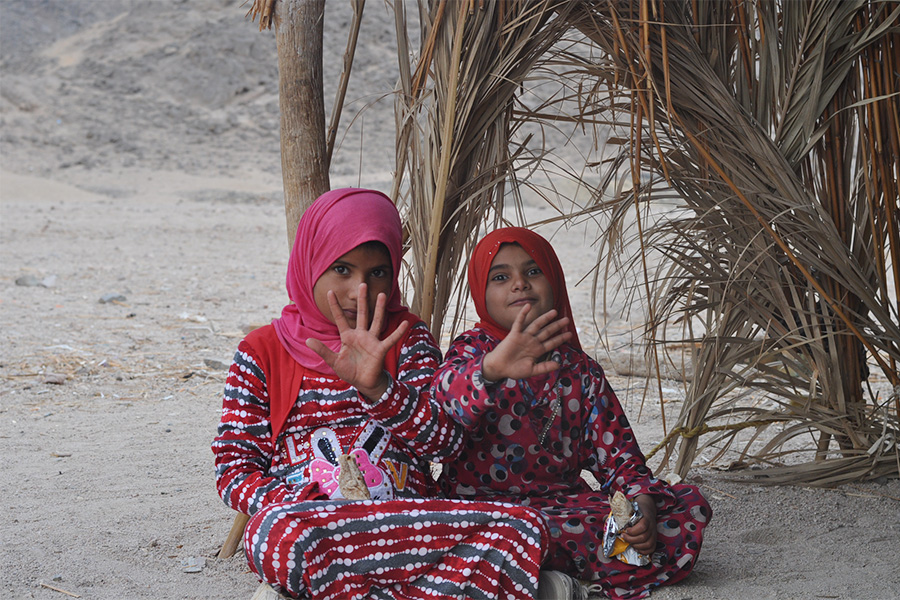
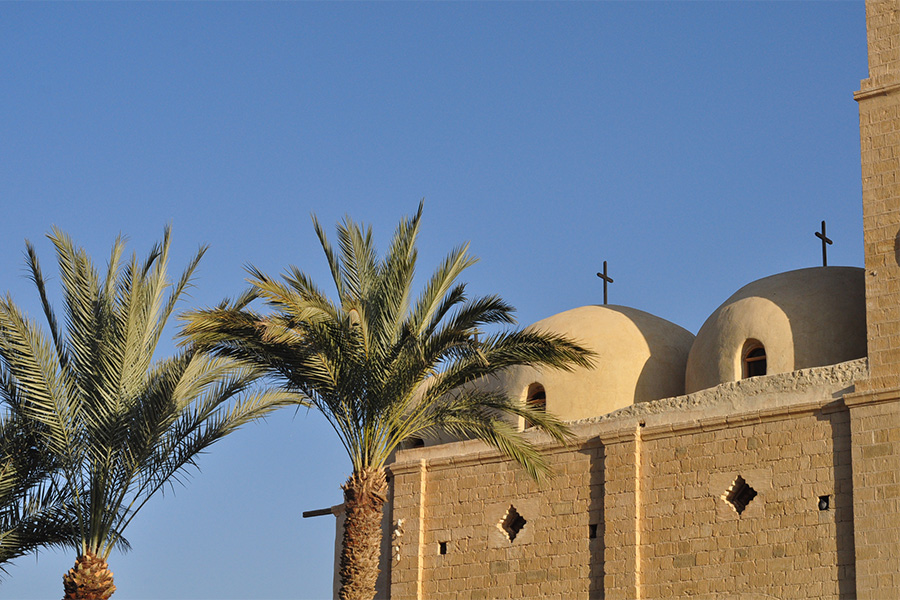




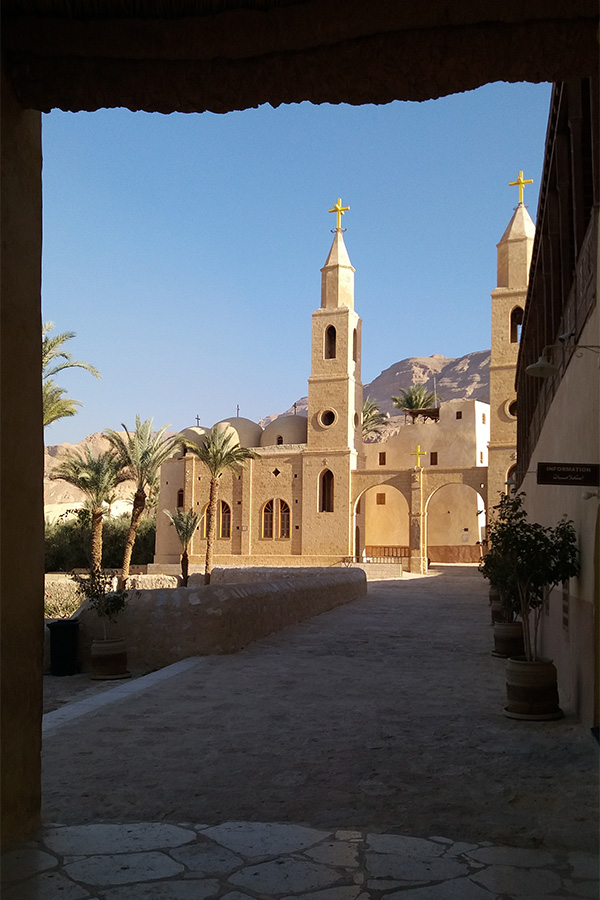




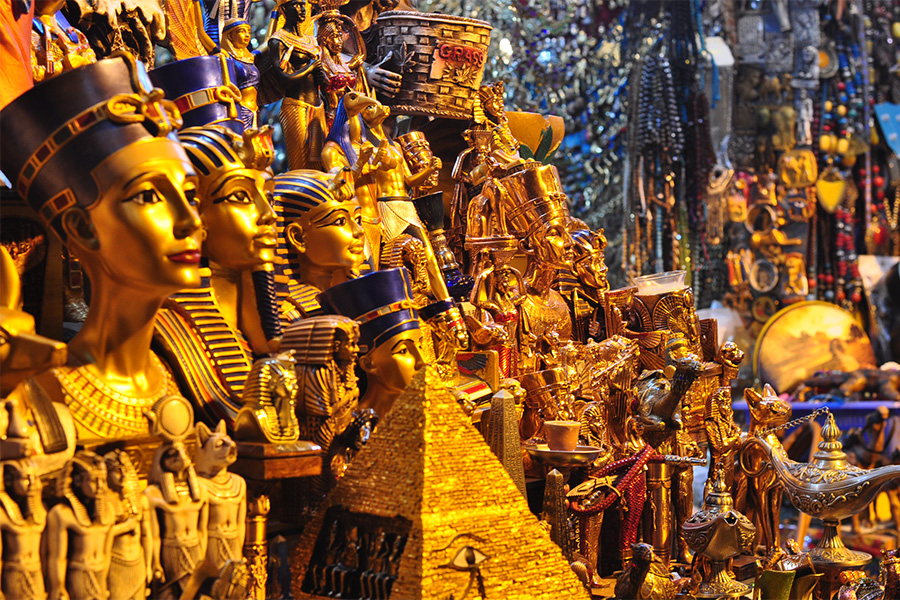
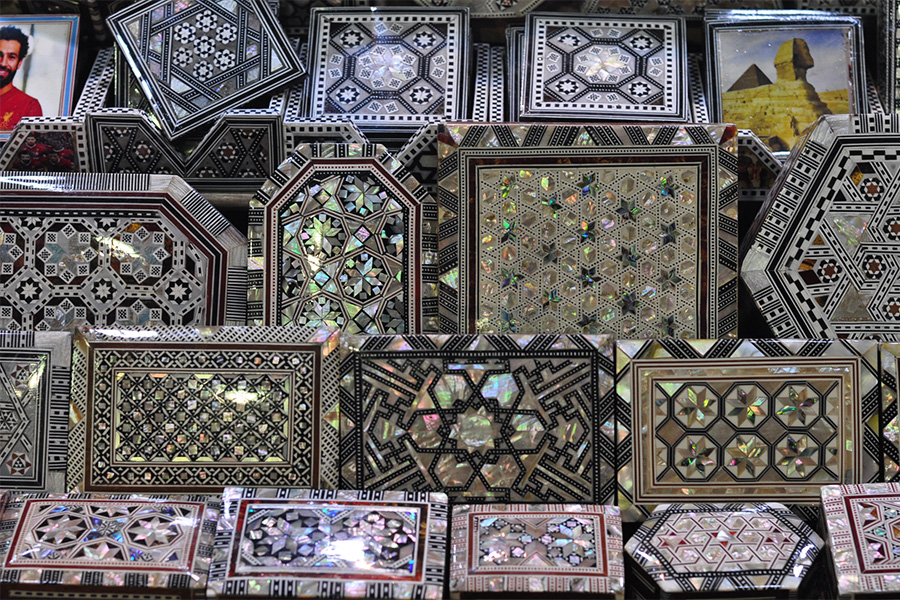




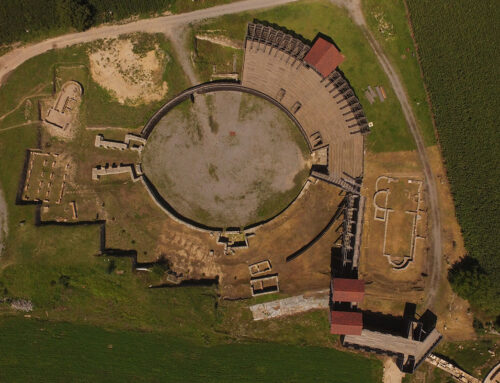
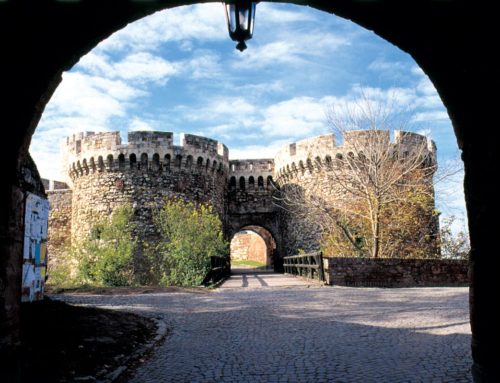
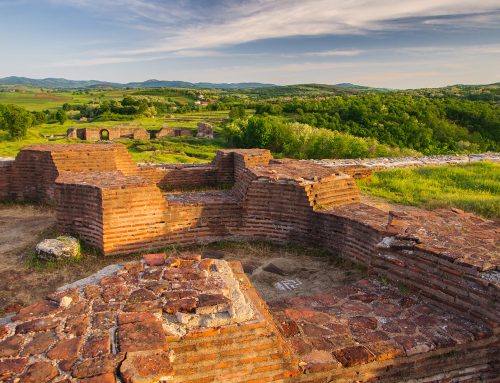

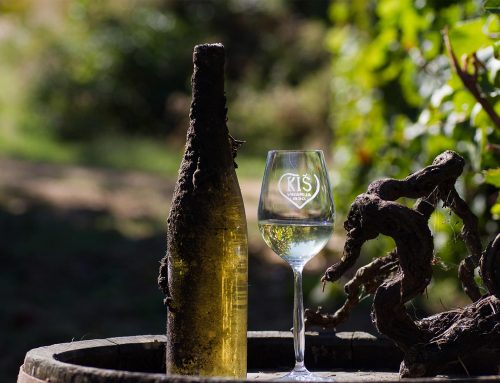

Social Network